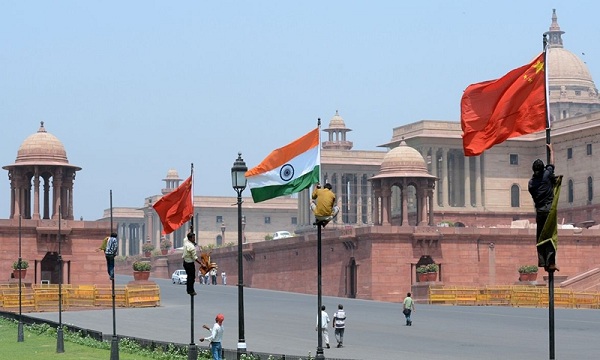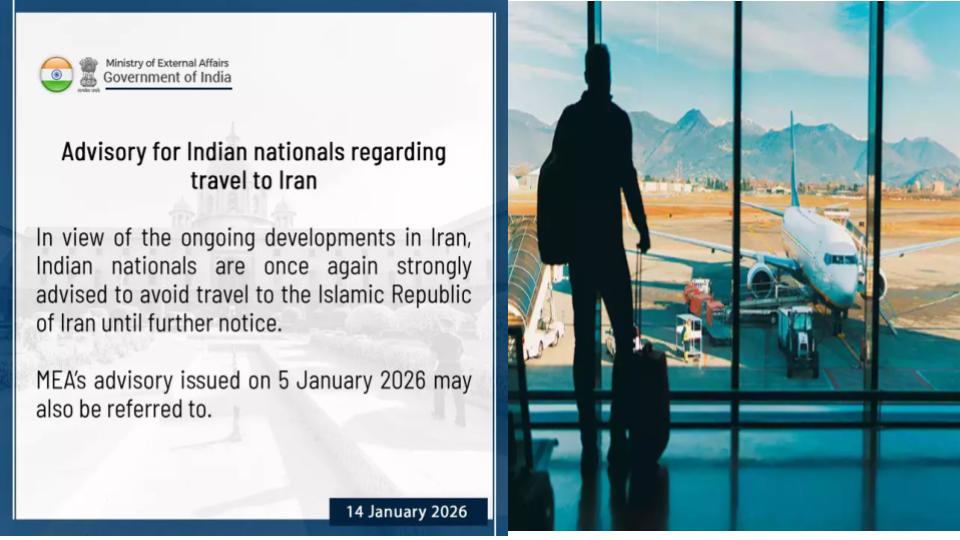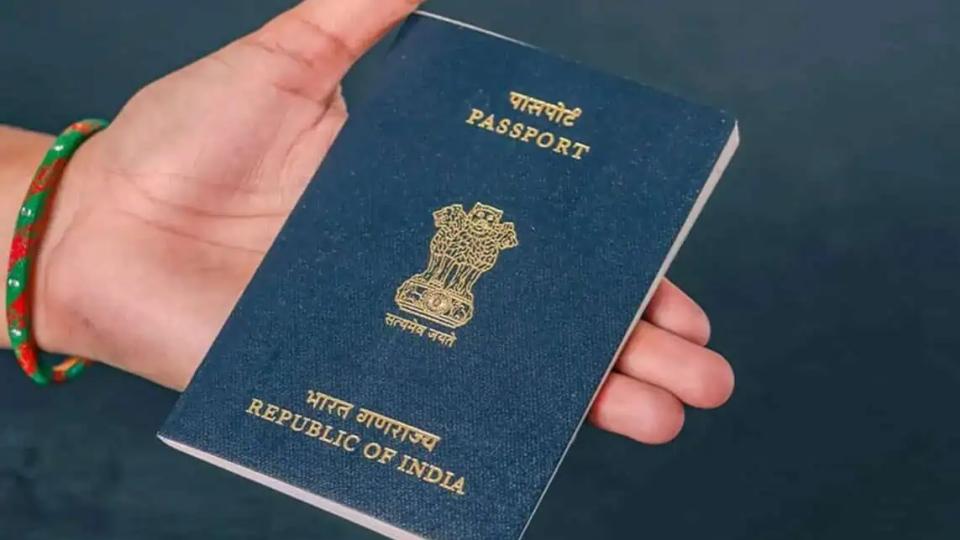By distancing China in tech, India may be shooting itself in the foot
Sat 26 Sep 2020, 15:24:21

Over the past few years, India has been a key battleground for American and Chinese tech companies. Now, American firms may have an edge.
As public sentiment turns against China amid an ongoing border conflict, New Delhi has clamped down hard on Chinese presence in the Indian tech ecosystem. Over 200 Chinese apps have been banned and Chinese investments in Indian startups are increasingly facing scrutiny from regulators.
Such moves were preceded by restrictions on foreign direct investment (FDI) imposed a few months ago to prevent opportunistic takeovers from China. India hopes that these moves will inhibit China’s ability to exert influence in the country.
However, these curbs have created a void in India’s startup universe. In the last few years, China invested significantly in Indian tech startups. According to data from Refinitiv, a financial solutions firm, since 2015, private equity (PE) firms from China have invested $3.3 billion in India, largely in firms catering to the internet-based economy.
These investments have declined sharply in recent months. Since April end, when the FDI rules were tightened, only six deals have been signed between Indian tech firms and Chinese PE firms. In comparison, 15 such deals were signed in January-April, and 37 last year. Not just investment funds, even Chinese tech firms have become cautious about investments in India. US-based firms seem to be picking up some of the slack.
The churn in the tech ecosystem is partly an outcome of the US-China tech war, said Santosh Pai, corporate lawyer and honorary fellow, Institute of Chinese Studies. “India is a battleground where Chinese investors can place bets against US companies," he said. “It is a ‘David and Goliath’ situation: Chinese investors back the underdogs who start from zero. US companies come and invest in established business houses."
India is an important frontier in the tech war, with a growing demand for mobile phones and internet. While the defence and strategic community worries about Chinese influence on India’s tech ecosystem, greater dependence on the US is not without risks. It could bring back the days when the Indian ecosystem was vulnerable to events in Silicon Valley, said Arun Natarajan, founder of Venture Intelligence, which tracks venture capital flows into the country.
“Over the last five years, Chinese and other South Asian funds became a counterbalance to the volatility of investments coming from the US," said Natarajan. “With China stepping back, entrepreneurs will again become dependent on the US for big investments."
Some of the biggest deals this year were driven by US-based investors, with Mukesh Ambani’s Reliance Industries Ltd (RIL) cornering much of the capital inflows.
A recent report by the
parliamentary standing committee on finance headed by Jayant Sinha suggested that Indian startups reduce their dependence on foreign sources altogether, be it from the US or China.
parliamentary standing committee on finance headed by Jayant Sinha suggested that Indian startups reduce their dependence on foreign sources altogether, be it from the US or China.
“Chinese and US tech companies have not come up on their own," said Jabin Jacob, associate professor in the department of international relations, Shiv Nadar University. “(Similarly,) the Indian government too should hold hands of these companies."
However, foreign funding remains crucial in a capital-starved economy. “Venture capital involves a lot of risk;―perhaps one out of 100 investments is really successful," said Nitin Pai, director, Takshashila Institution. “In such a game, it is in India’s interests to tap foreign capital that is willing to take such risks. The 99 bets that do not pay off for the venture capitalist still help Indian entrepreneurs learn, innovate, and pay the bills."
Sinha clarified in an interview with Mint that the report primarily aimed to encourage removal of tax distortions that penalize domestic investments in startups rather than to block foreign investments. The government would, however, want to see the startup ecosystem rely more on domestic sources of funding, he said.
However, Indian sources, barring exceptions such as Ambani, simply do not have the kind of money needed to replace the likes of TikTok. “While domestic investors can provide early-stage funding to home-grown consumer apps, they don’t have deep-enough pockets to provide multiple rounds of capital that some of these usage-driven apps need before they start generating revenue," said Natarajan.
Putting up firewalls around a nascent tech ecosystem will only starve Indian firms of capital and technological inputs. It is worth noting that doing business in India’s digital economy is already quite difficult for overseas firms and investors. According to the Digital Trade Restrictiveness Index estimated by European Centre for International Political Economy (ECIPE) in 2018, India is among the most protectionist countries in the world.
China is no better, but early investments by the Chinese state have helped the country build a self-sustaining tech ecosystem. It is unlikely that a resource-strapped Indian state will be able to match such efforts.
At a time when India’s economy has been crippled by a raging pandemic, the tech ecosystem has shown greater resilience. Policymakers should aim to foster competition and innovation in the sector rather than restrict either capital or technology flows. The state should provide a helping hand in developing tech capabilities. At the very least, the state should not come in the way of tech firms.
This is the first of a two-part series on trade and cross-border flows in the post-covid world.
No Comments For This Post, Be first to write a Comment.
Most viewed from National
Most viewed from World
AIMIM News
Latest Urdu News
Most Viewed
May 26, 2020
Can Lionel Messi's visit boost Indian football?
Latest Videos View All
Like Us
Home
About Us
Advertise With Us
All Polls
Epaper Archives
Privacy Policy
Contact Us
Download Etemaad App
© 2026 Etemaad Daily News, All Rights Reserved.





.jpg)































.jpg)
.jpg)
.jpg)


